How is Technology Beneficial to Kids Under 12?
In contemporary times, technology plays a crucial role in our everyday existence. smartphones to smartboards, it has transformed how we communicate, work, and even learn. But when it comes to young children—especially those under the age of 12—many parents and educators often ask: Is technology beneficial to kids? The answer is yes when used mostly.
In this article, we’ll explore in detail how technology is beneficial to kids under 12, examining both the educational and developmental advantages. We’ll also address common concerns and offer tips on healthy tech usage for young minds.
1. Educational Growth Through Interactive Learning
One of the strongest arguments for technology in children’s lives is its impact on cognitive growth. Educational apps, e-learning platforms, and interactive games are no longer just distractions; they are tools that engage multiple senses and encourage active participation.
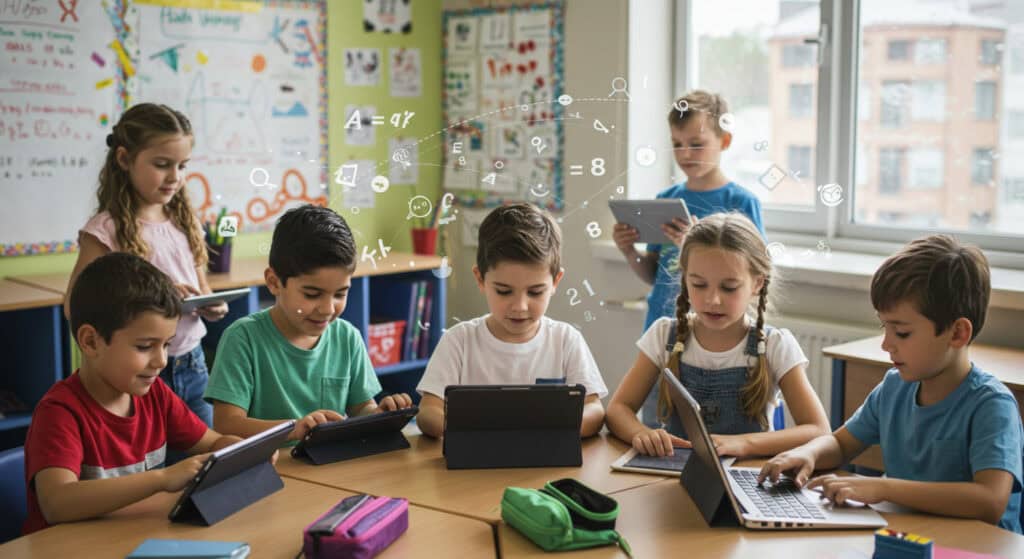
For example, platforms like Khan Academy Kids, ABCmouse, and PBS Kids offer children a fun way to learn math, science, and language through gamified lessons. As a result, these experiences are far more engaging than traditional methods and can lead to improved retention and understanding.
However, every child learns at their own pace. Thankfully, with the right technology, they can explore subjects they enjoy and revisit difficult concepts at their convenience. Adaptive learning apps track progress and adjust content accordingly, giving a truly customized learning experience.
2. Creativity and Innovation
One of the lesser-discussed ways that technology is beneficial to kids is through creative expression. Drawing apps, digital storytelling platforms, and even simple coding programs help children express their imagination.
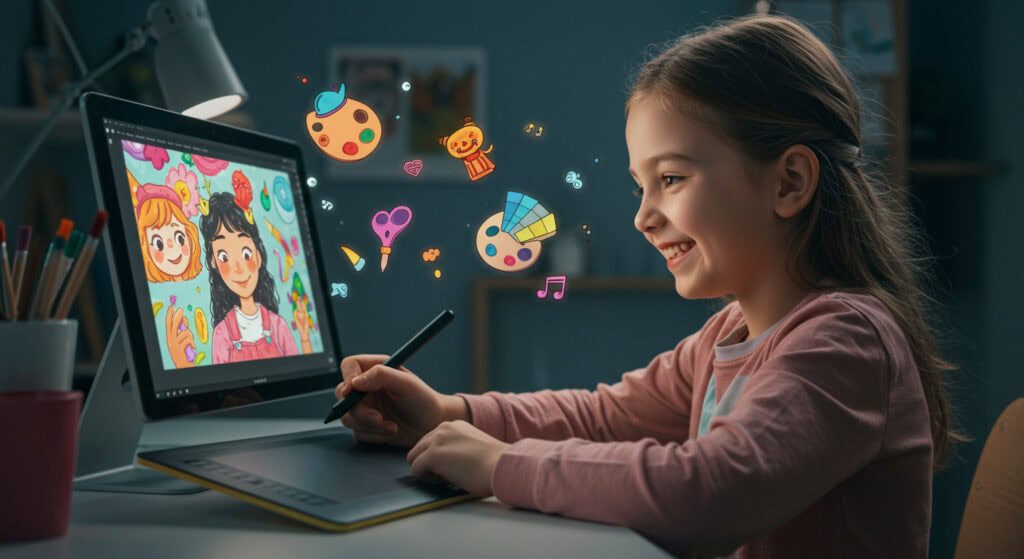
For instance, apps like Toca Boca, ScratchJr, and Book Creator enable kids to produce music, design digital art, or even build simple animations. This not only sparks creativity but also builds confidence and digital fluency from an early age.
3. Expanding Global Awareness
Technology opens doors that were once closed. With a simple tablet or laptop, a child in a remote village can explore ancient Egyptian history, learn French from a native speaker, or take a virtual tour of the Amazon rainforest.
Apps like Duolingo, National Geographic Kids, and Google Earth make learning about different cultures exciting. This advances empathy, cultural knowledge, and curiosity, significant values in the contemporary interconnected environment.
4. Enhancing Problem-Solving and Critical Thinking
Educational video games and STEM-based apps are excellent at developing analytical thinking. Logic puzzles, coding games, and virtual labs challenge children to develop critical thinking skills and make choices.
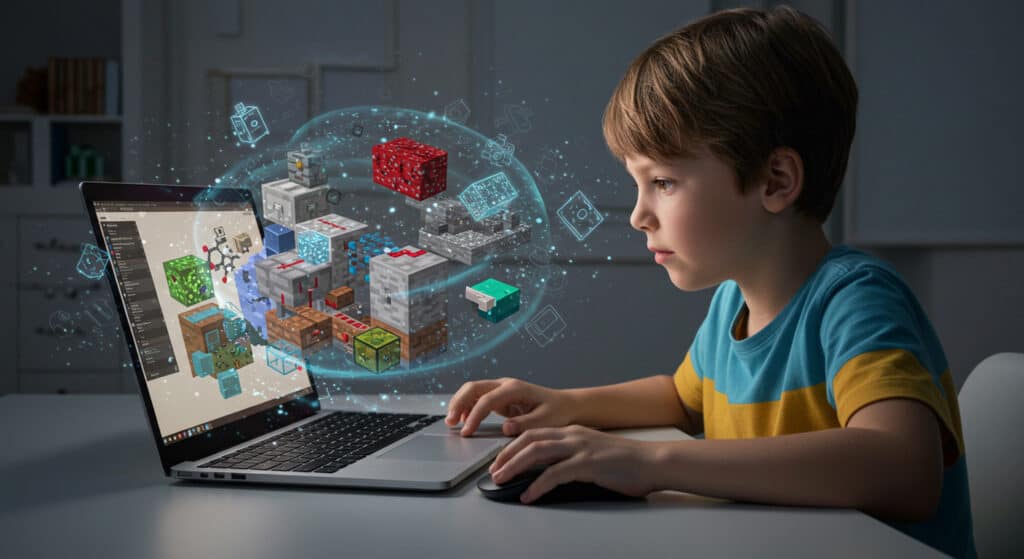
Games like Lightbot, Osmo, and Minecraft: Education Edition are praised for fostering logical reasoning, experimentation, and resilience in the face of challenges—all key traits for future success.
5. Supporting Children With Learning Disabilities
For children who face challenges such as dyslexia, ADHD, or speech delays, technology can be life-changing. A multitude of assistive technologies addresses specific requirements:
- Text-to-speech software
- Speech therapy apps
- Visual timers
- Augmented communication tools
These not only contribute to learning but also strengthen confidence and self-reliance in children who are under 12 years of age. It’s another clear way in which technology is beneficial to kids of all backgrounds and abilities.
6. Strengthening Family Bonds
Technology can also help families stay connected. Video calls, shared games, and learning platforms that involve parents can increase parental involvement, especially in households where parents work long hours or live apart.
Apps like Google Family Link, ClassDojo, or Seesaw allow parents to monitor their child’s progress and activities, leading to better conversations and stronger relationships.
7. Time Management and Organization Skills
Tools like digital planners, alarms, and homework reminders can teach children how to manage their schedules from a young age. Children under 12 who use such tools often show better time management, which carries over into teen years and adulthood.
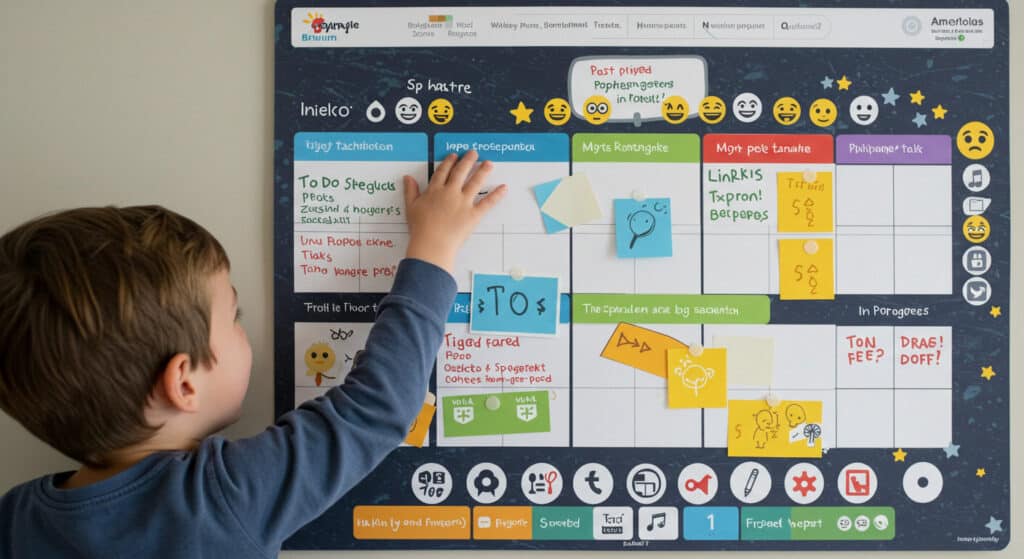
Apps such as MyHomework, Todoist, and Trello for Kids are specially designed with children in mind, making organization fun and interactive.
8. Teaching Digital Responsibility and Safety
When guided by adults, technology gives children an opportunity to learn about digital responsibility early on. Cybersecurity games, password awareness programs, and supervised browsing can instill healthy habits that protect them throughout life.
Rather than avoiding technology altogether, teaching kids how to navigate the digital world safely is far more beneficial. This also prepares them to be responsible digital citizens.
9. Encouraging Social Interaction and Collaboration
In today’s world, collaboration is not limited to the classroom. Through technology, kids can work with classmates across the globe, engage in group projects, and even participate in virtual science fairs or competitions.
Platforms like Google Docs, Zoom for Kids, and Padlet promote communication, teamwork, and creativity. All of these are essential social skills that help kids become confident and well-rounded individuals.
10. Early Introduction to STEM Fields
Children who are exposed to STEM (Science, Technology, Engineering, Mathematics) through games, videos, and hands-on apps are more likely to develop an interest in these areas. This early exposure can inspire lifelong curiosity and even guide career paths.
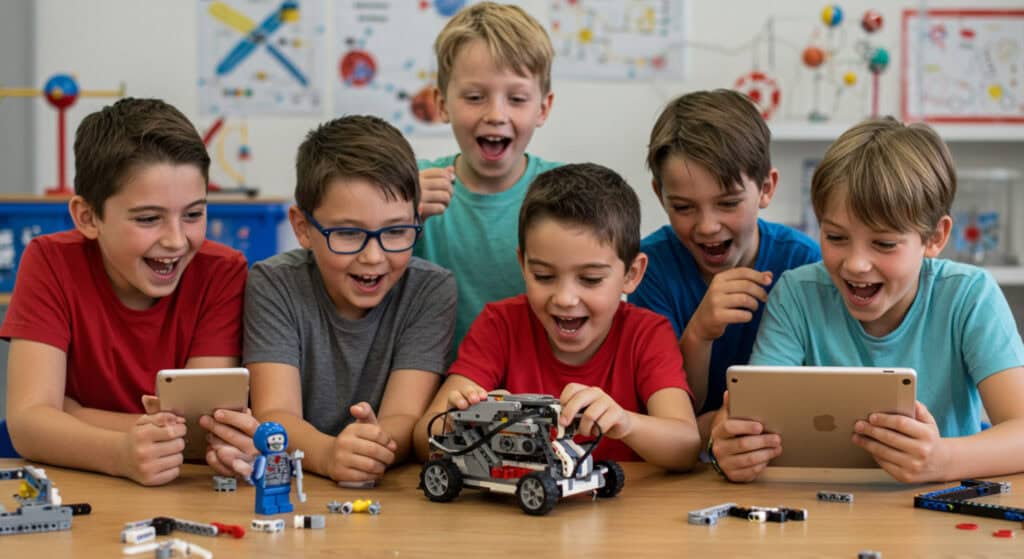
Programs like LEGO Education, STEMscopes, and Code.org introduce complex concepts in a child-friendly way, helping young minds feel empowered and excited about the world of science and technology.
Balancing Screen Time and Real Life
While it’s clear that technology is beneficial to kids under 12, moderation is key. Excessive screen time can lead to health issues, including eye strain, lack of physical activity, and poor sleep. That’s why parents and educators need to set boundaries and promote balanced usage.
- Tips for Healthy Tech Use:
- Set screen time limits (1-2 hours per day)
- Encourage breaks every 20-30 minutes
- Use tech for learning and creativity, not just entertainment
- Involve kids in choosing high-quality content
- Keep devices out of bedrooms
Technology, when used mindfully and in moderation, can be a powerful ally in a child’s development. For children under 12, it offers a world of opportunities—from enhancing learning and creativity to developing essential life skills such as problem-solving, collaboration, and digital responsibility. Rather than fearing technology, the focus should be on guiding children to use it wisely and purposefully.
With the right tools, support, and boundaries, technology can help young minds grow into curious, confident, and capable individuals—well-prepared for the future ahead.

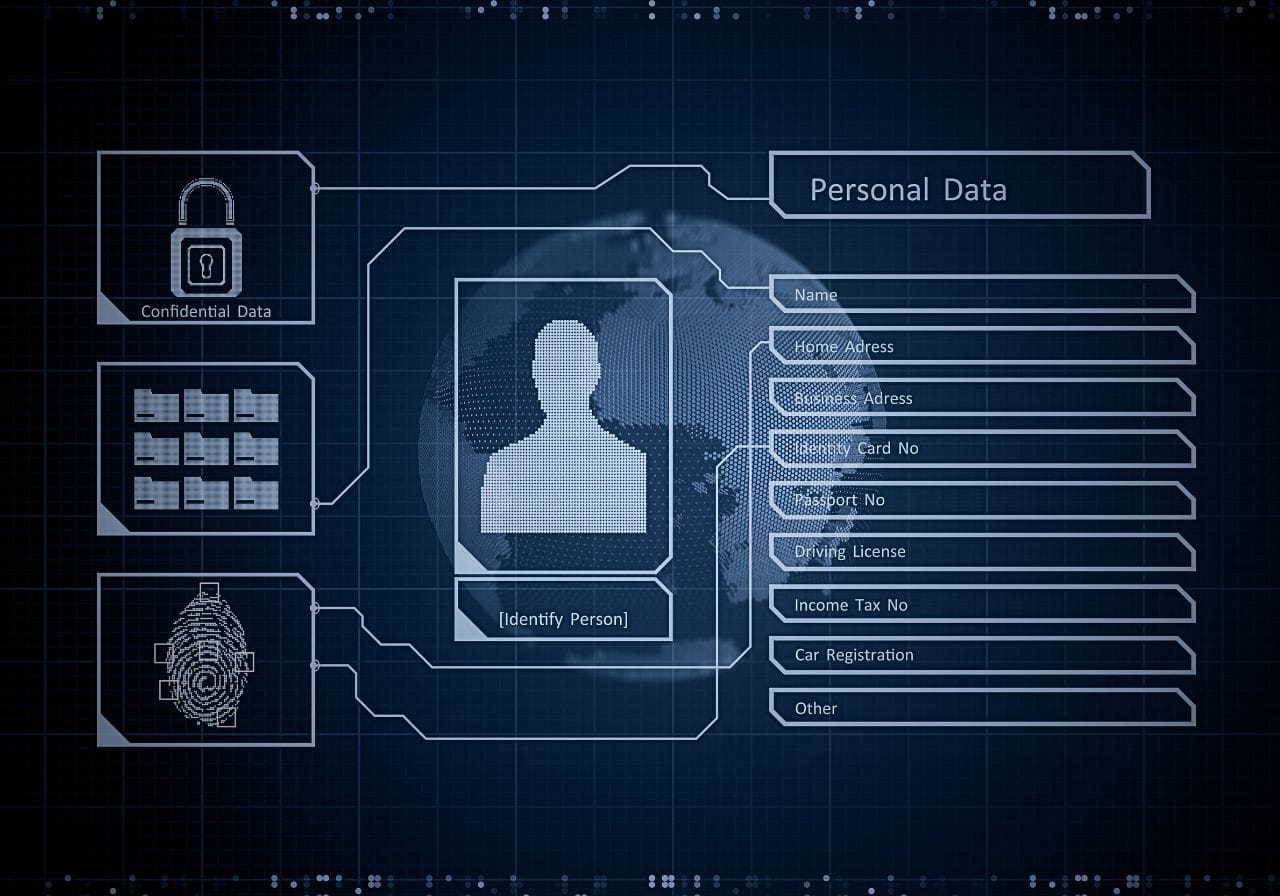





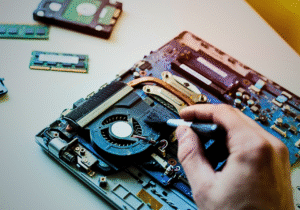


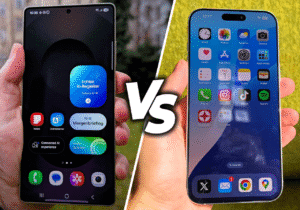



Post Comment